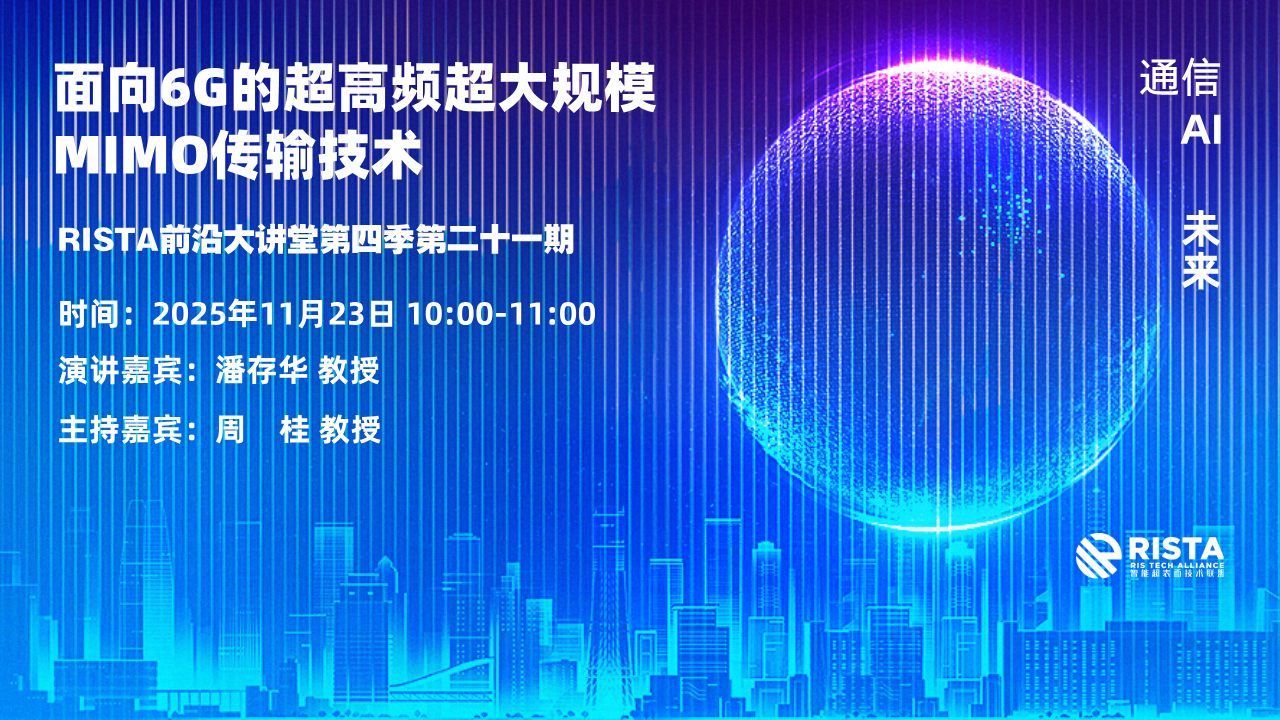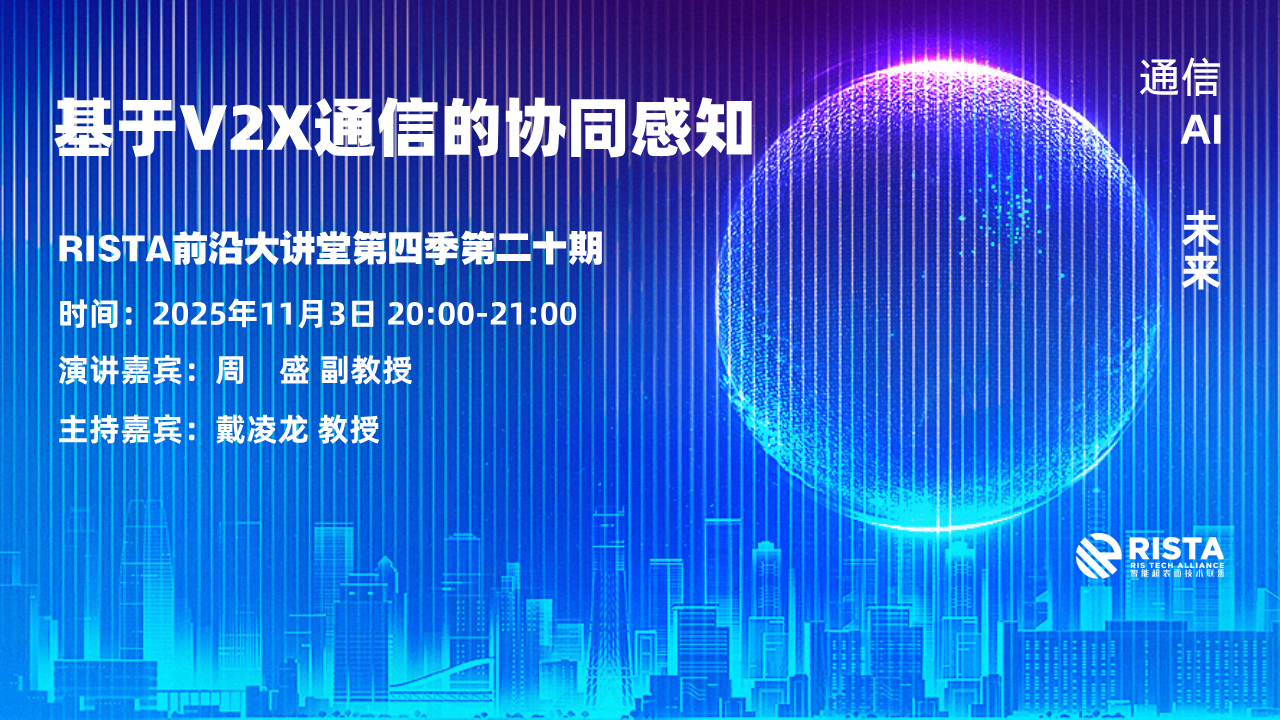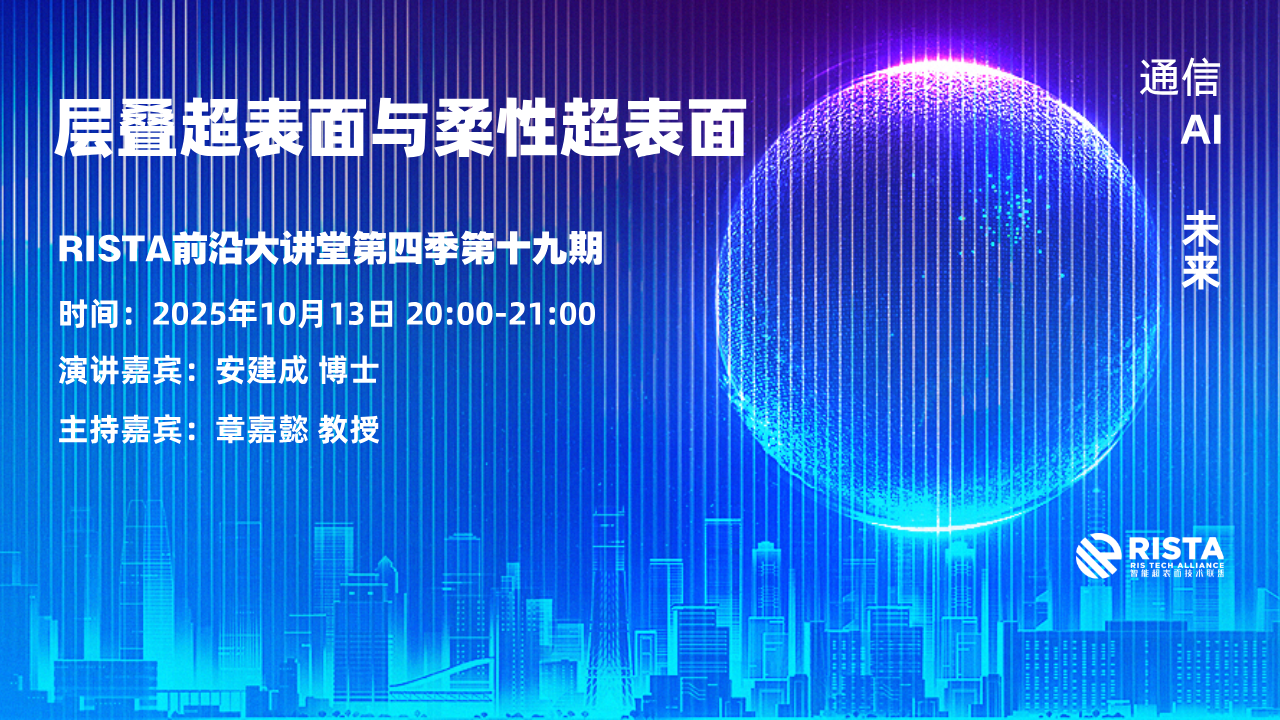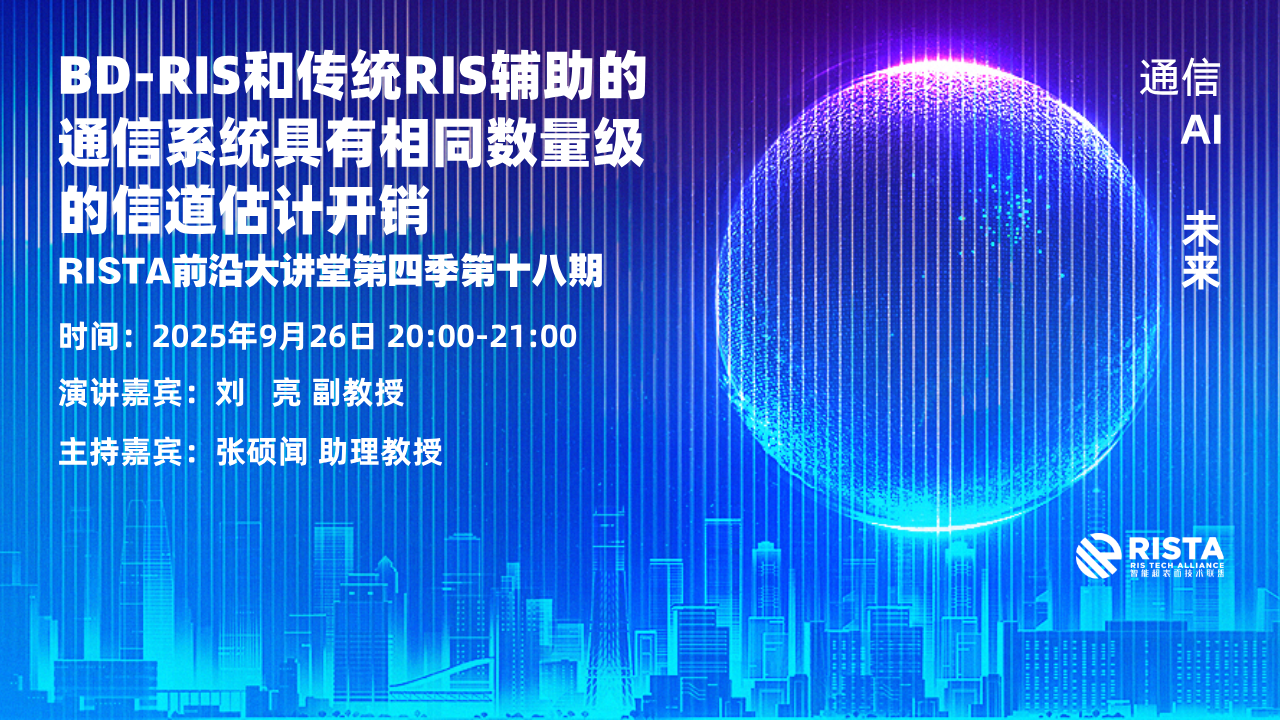CALL FOR PAPERS
“Passive Reflective Communications for Internet of Things”
As one of the main goals of the future 6G, is the “Internet of Everything and Digital Twin,” encapsulated in the concept of “Internet of Everything and Digital Twin,” foresees a landscape where millions of people and billions of devices are seamlessly interconnected within IoT networks. However, the massive quantity of data traffic and the number of terminal access devices will bring tremendous challenges to 6G IoT, including spectrum resource scarcity and heightened energy consumption concerns. Towards that end, novel spectrum and energy-efficient communication technologies need to be developed for future IoT networks.
Amidst the background, two cutting-edge physical-layer technologies are emerging as key solutions for enhancing the efficiency of IoT networks: ambientbackscatter communication (AmBC) and reconfigurable intelligent surface (RIS). AmBC operates by dynamically adjusting the impedance of an IoT device’s antenna,enabling it to passively modulate information onto existing primary signals andbackscatter these modulated signals to the associated receiver. This innovative approacheliminates the need for power-hungry components in IoT devices, while also allowingthem to harvest energy from primary signals to power their own circuitry. While RISrepresents a revolutionary concept wherein an artificial metamaterial is constructedfrom numerous low-cost, sub-wavelength, and independently controllable reflectiveunits. Each unit can manipulate signals by reflecting them with varying coefficients,enabling precise control over the propagation of electromagnetic waves. IntegratingRIS into symbiotic communication environments creates an optimized radiopropagation environment, capable of enhancing data rates, reception reliability, energyefficiency, coverage extension, and facilitating massive connectivity. By leveragingRIS, the mutual benefits of primary and secondary systems in symbioticcommunication are further enhanced. Despite thepotentials, the application of AmBC/RIS in IoTand even constructing symbiotic communicationstillfaces significant challenges. Firstly,there is a pressing need to devise stable energy harvesting and utilization schemes forAmBC to adequately support communication requirements; Additionally, addressingthe connectivity issues posed by the proliferation of access devices in symbioticcommunication is paramount. Developing novel integration schemes for AmBC andRIS to realize a more spectrum- and energy-efficient communication paradigmrepresents another substantial challenge. Furthermore, concerns surrounding userprivacy and security must be adequately addressed to foster widespread adoption.Lastly, assessing the feasibility of symbiotic communication utilizing AmBC and RISwithin the context of future IoT networks remains a critical area of investigation. Thesechallenges underscore the necessity for comprehensive research and innovation tounlock the full potential of AmBC, RIS, and symbiotic communication in the IoTlandscape.
-
Architecture and Modeling for AmBC/RIS enabled symbiotic communication in 6G IoT -
Performance analysis for AmBC/RIS enabled symbiotic communication -
Modulation and demodulation for AmBC/RIS communication in 6G IoT -
Signal processing for AmBC/RIS communication for 6G IoT -
Integrated Sensing and symbiotic communication for IoT -
AmBC/RIS enabled symbiotic communication in other wireless systems like cellular networks, WiFi, and Lora Networks -
Multiple access schemes for passive communication in 6G IoT -
Radio resource management for AmBC/RIS communication -
Standards and network protocols for AmBC/RIS communication -
AI-empowered designs for AmBC/RIS communication in 6G IoT -
Hardware and testbed for AmBC/RIS communication and the symbiotic communication -
Secrecy and covert communication designs for AmBC/RIS symbiotic communication -
Interoperability and integration to existing wireless systems and standardization efforts -
Energy harvesting and energy storage solutions for AmBC/RIS communication -
Device complexity and power consumption solutions for symbiotic communication in IoT -
Scalability and network management for massive IoT deployment
-
Manuscript Submission Start: November 1 2024 -
Submission Deadline: January 31 2025 -
First Round Review Due: March 15 2025 -
Revision Due: April 15 2025 -
Acceptance Notification: May 31 2025 -
Final Manuscript Due: June 07 2025 -
Publication Date: Third Quarter 2025
-
Xingwang Li, Henan Polytechnic University, China, lixingwang@hpu.edu.cn -
Arumugam Nallanathan, Queen Mary University of London, U.K., a.nallanathan@qmul.ac.uk -
Yajun Zhao, ZTE Corporation, Beijing, China, zhao.yajun1@zte.com.cn -
Alexandros-Apostolos A. Boulogeorgos, University of Western Macedonia, Greece, al.boulogeorgos@ieee.org -
Octavia A. Dobre, Memorial University, Canada, odobre@mun.ca -
Yongjun Xu, Chongqing University of Posts and Telecommunications, China, xuyj@cqupt.edu.cn -
Daniel Benevides Da Costa, King Fahd University of Petroleum & Minerals, Saudi Arabia, danielbcosta@ieee.org






